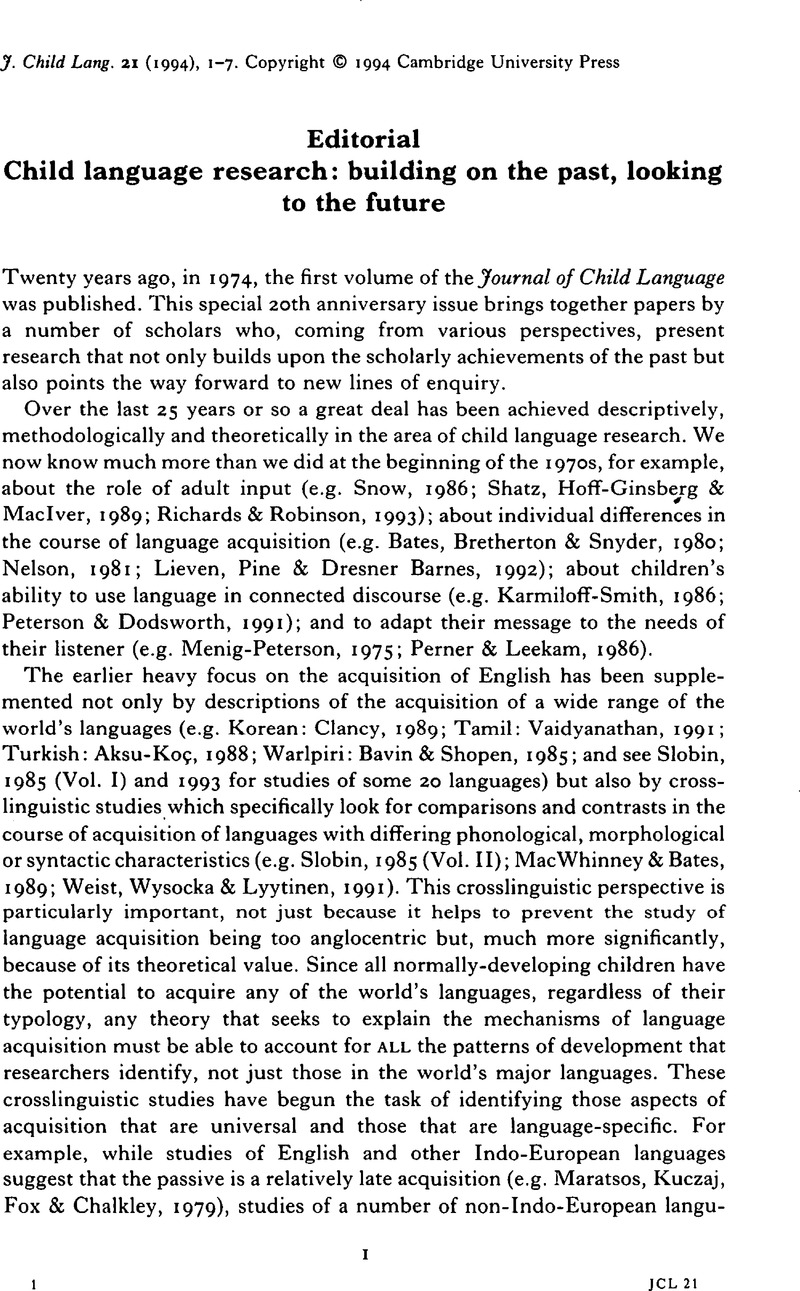Crossref Citations
This article has been cited by the following publications. This list is generated based on data provided by Crossref.
Hudson, Richard
2007.
How Linguistics Has Influenced Schools in England1.
Language and Linguistics Compass,
Vol. 1,
Issue. 4,
p.
227.
Muma, John
Cloud, Steven
and
Kemker, Brett
2010.
Traumatic Brain Injury.
p.
499.
Hudson, Richard A.
2014.
Theory and Practice in Functional-Cognitive Space.
Vol. 68,
Issue. ,
p.
253.



